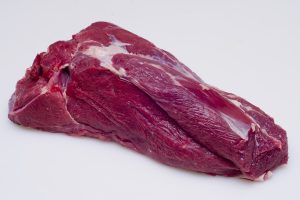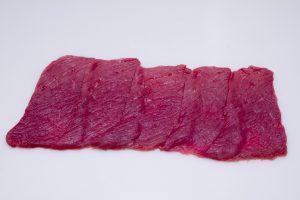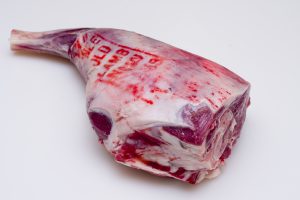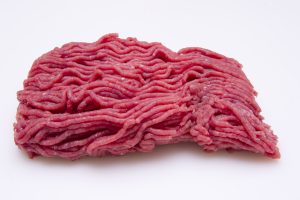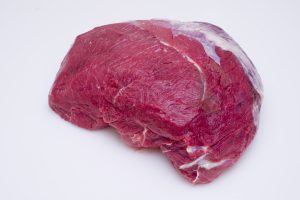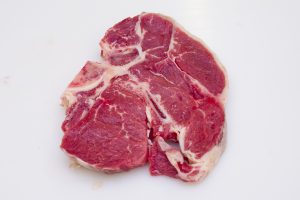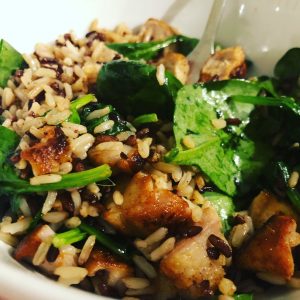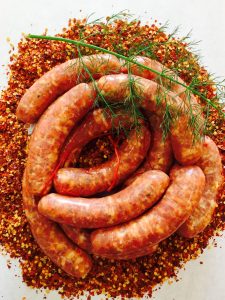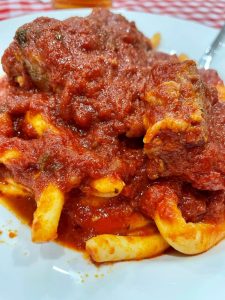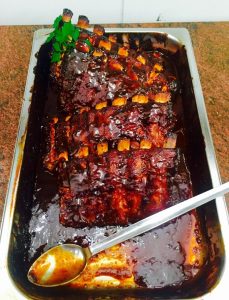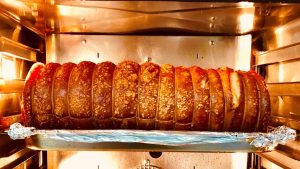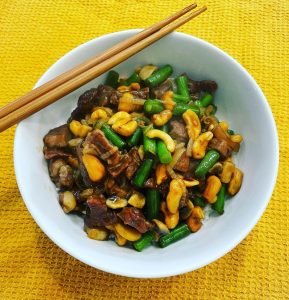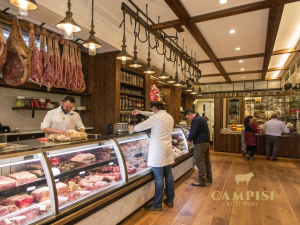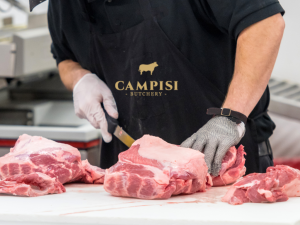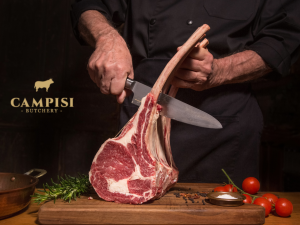Introduction to Gourmet Meats in Celebratory Dining
When it comes to special occasions, the menu is not just a meal but a centerpiece that brings people together. Gourmet meats take this experience to the next level, offering a taste of luxury and indulgence.
These meats, known for their superior quality, rich flavors, and tender textures, are often reserved for celebrations that demand something extraordinary.
Selecting the Perfect Cut for the Occasion
The choice of meat and the specific cut play a pivotal role in crafting an unforgettable dining experience. For an intimate anniversary dinner, a well-marbled ribeye or a tender filet mignon might be the star. For larger gatherings, a succulent roast leg of lamb or a whole roasted pork loin offers both a visually impressive and delectable centerpiece. Here’s what to consider:
- Occasion: Match the cut to the formality and size of the event.
- Taste Profiles: Opt for cuts that will appeal to the palate of your guests, considering the richness and flavor profiles they prefer.
Signature Gourmet Meat Recipes for Special Occasions
Beef Wellington
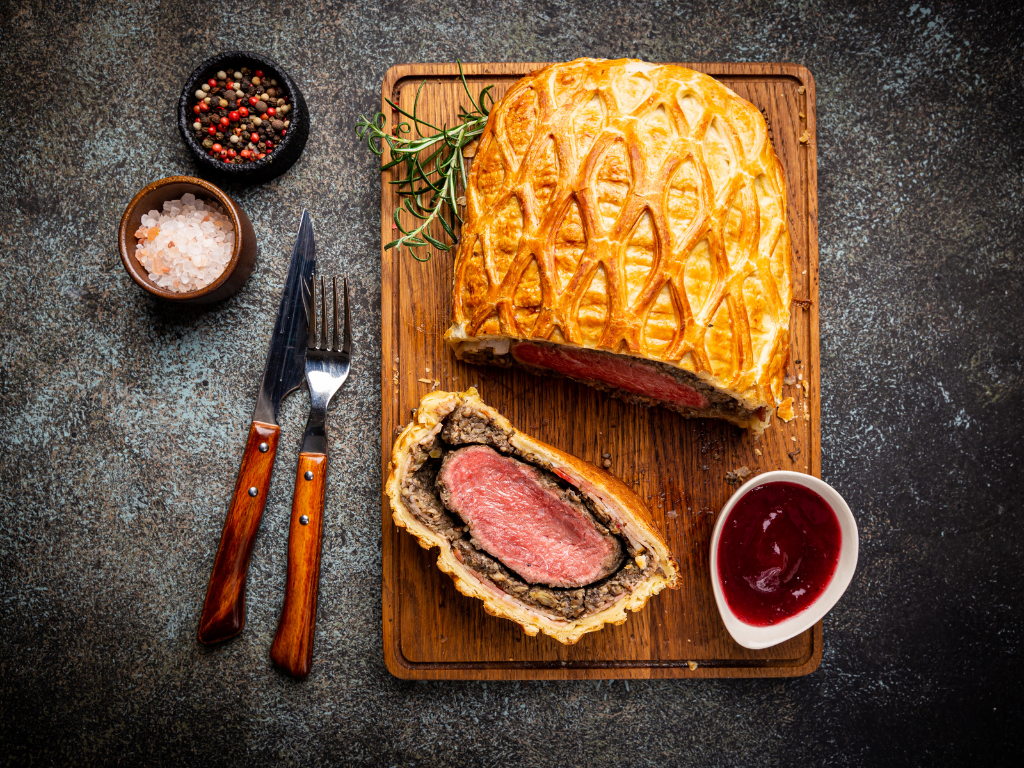
Beef Wellington is a classic gourmet dish that combines tender beef, flavorful mushroom duxelles, and flaky pastry. Here’s a detailed process to prepare it:
-
Preparing the Beef Fillet
- Start with a center-cut beef tenderloin, trimmed of fat and silver skin.
- Season the beef generously with salt and pepper.
- Sear the beef in a hot pan with a touch of oil until all sides are browned.
- Remove the beef from the heat, let it cool, and then brush it with English mustard for flavor.
-
Making the Mushroom Duxelles
- Finely chop cremini or button mushrooms and shallots.
- Sauté the mushrooms and shallots in a pan with butter until all the moisture has evaporated and the mixture is pasty.
- Season with thyme, salt, and pepper, then set aside to cool.
-
Assembling the Wellington
- Lay out a sheet of cling film and arrange prosciutto slices in a slightly overlapping pattern.
- Spread the cooled mushroom duxelles over the prosciutto.
- Place the cooled beef tenderloin at the bottom edge and roll it up tightly using the cling film. Chill for 15 minutes.
- Roll out puff pastry to a thickness of about 1/4 inch.
- Unwrap the beef from the cling film and place it in the center of the pastry.
- Fold the pastry over the beef, cut off any excess, and seal the edges.
- Decorate the top with pastry off-cuts if desired, brush with beaten egg yolk, and chill for another 5 minutes.
-
Baking the Wellington
- Preheat your oven to 200°C (390°F).
- Place the Wellington on a baking tray and bake for around 20-25 minutes for medium-rare, or until the pastry is golden brown and crisp.
- Let it rest for 10 minutes before slicing and serving.
Want to make an even better Beef Wellington? We recommend Gordon Ramsay’s Beef Wellington recipe.
Crown Roast of Lamb
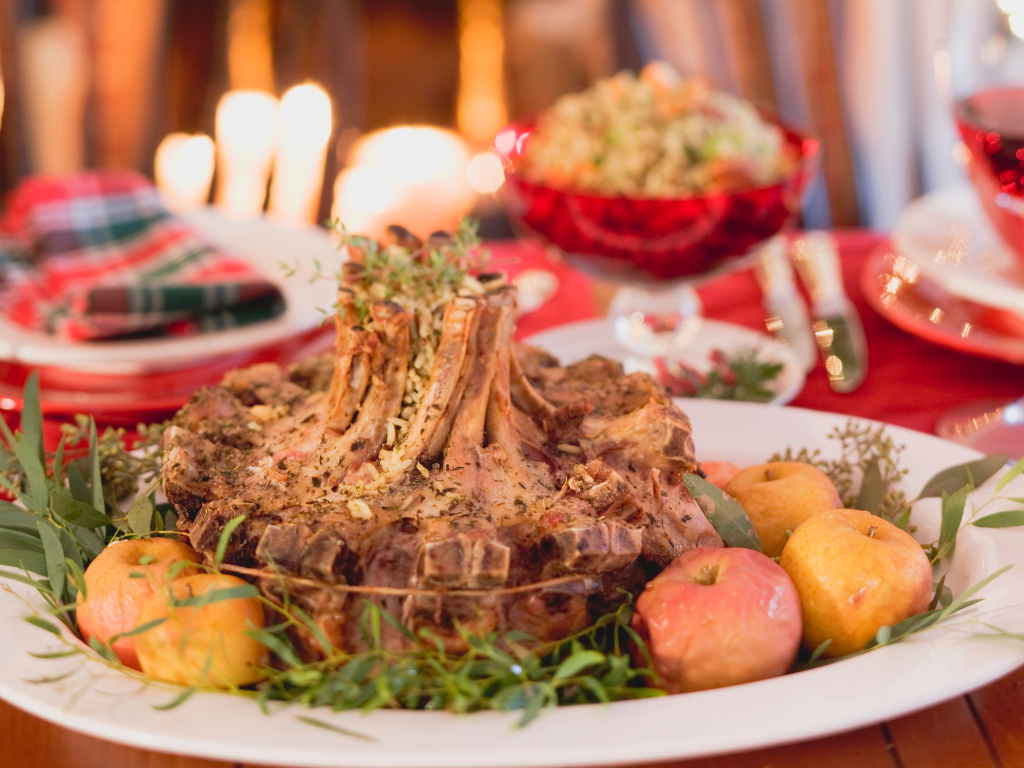
The crown roast is an elegant presentation of lamb that is perfect for special occasions.
-
Prepping the Lamb
- Ask your butcher for a crown roast of lamb, or create one by shaping two lamb racks into a circle and tying them together.
- Trim excess fat and French the bones for a clean appearance.
-
Seasoning the Roast
- Rub the lamb all over with a mixture of garlic, rosemary, thyme, salt, and pepper.
- Let it marinate for at least an hour, or overnight in the refrigerator for more flavor.
-
Roasting the Crown
- Preheat your oven to 190°C (375°F).
- Place the crown on a roasting pan. Fill the center with stuffing if desired, or you can cook the stuffing separately.
- Cover the lamb bones with foil to prevent burning.
- Roast in the oven until the meat reaches your desired level of doneness (approximately 25 minutes per pound for medium-rare).
- Allow the roast to rest for 15 minutes before carving.
Duck à l’Orange

Duck à l’Orange is a sophisticated dish that combines the rich flavor of duck with a tangy-sweet orange sauce.
-
Preparing the Duck
- Score the skin of the duck breasts in a criss-cross pattern.
- Season with salt and place them skin side down in a cold skillet.
- Slowly heat the skillet to render the fat and crisp the skin, then flip to cook the other side briefly.
-
Making the Orange Sauce
- Remove the duck and pour off excess fat.
- In the same pan, deglaze with a splash of vinegar, then add freshly squeezed orange juice, sugar, and chicken stock.
- Reduce the sauce until thick and glossy, then whisk in a knob of butter for richness.
-
Serving the Duck
- Slice the duck breasts and arrange them on a plate.
- Drizzle with the orange sauce and garnish with orange segments and fresh herbs.
- Serve with accompaniments like roasted vegetables or a green salad.
Techniques to Elevate Traditional Recipes
Transforming a classic meat dish into a gourmet experience is an art that combines the right ingredients with innovative cooking methods. Here’s how to apply advanced techniques to traditional recipes:
Sous-Vide Cooking
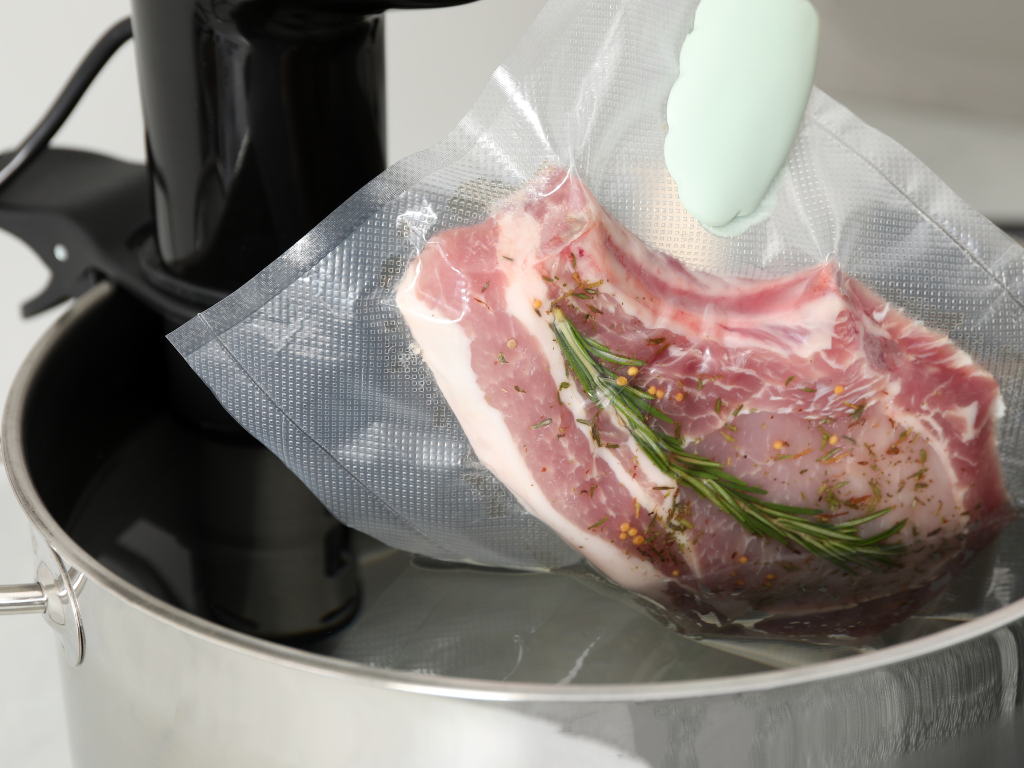
Sous-vide, French for “under vacuum,” is a method of cooking where food is vacuum-sealed in a bag and then cooked to a very precise temperature in a water bath. This technique allows for unparalleled control over the doneness of the meat and can elevate even the simplest cut.
-
Preparation for Sous-Vide
- Season your choice of meat as you would for traditional cooking methods.
- Place the meat in a vacuum-seal bag with herbs, spices, and a bit of fat like butter or olive oil.
- Seal the bag, ensuring no air remains.
-
Sous-Vide Process
- Preheat your sous-vide water bath to the desired final temperature of your meat. For instance, for a medium-rare steak, you’d set it to around 55°C (131°F).
- Submerge the sealed bag in the water bath and cook for the recommended duration, which can range from 1 hour for steaks to 72 hours for tougher cuts like short ribs.
- Once cooked, remove the meat from the bag and pat it dry.
-
Finishing Touches
- To develop a flavorful crust, sear the meat in a hot pan for a minute or two on each side just before serving.
- Use the juices from the sous-vide bag to create a sauce or as a base for a gravy.
Dry-Aging Meat at Home
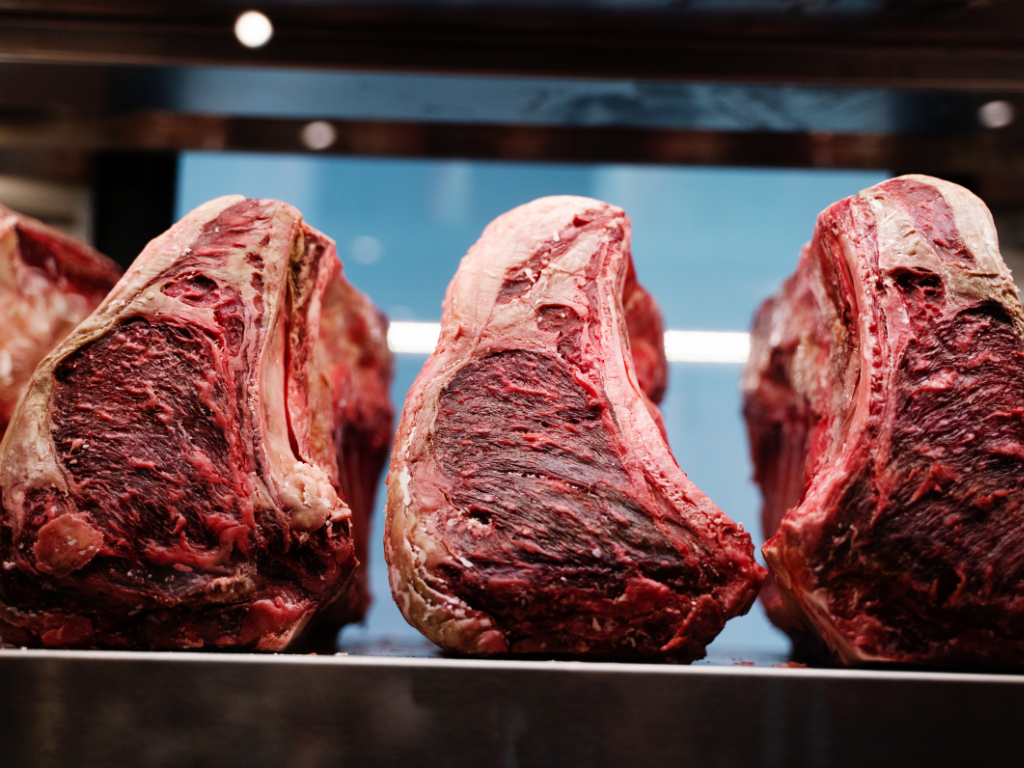
Dry-aging meat involves a controlled decomposition process that enhances its flavor and tenderness. This process can be replicated at home with some preparation.
-
Setting Up a Dry-Aging Environment
- Dedicate a section of your refrigerator for dry-aging, maintaining a temperature of around 1-3°C (34-37°F) and humidity between 80-85%.
- Use a small fan for air circulation to prevent bacterial growth.
-
Dry-Aging Process
- Choose a large cut of meat like a whole ribeye or strip loin for best results.
- Place the meat on a rack so that air can circulate all around it.
- Allow the meat to age for several weeks, checking periodically for any signs of spoilage.
-
Preparation After Aging
- Once the meat has aged to your liking (typically 21-45 days), trim away any dried-out exterior or mold that has formed.
- Cut the meat into steaks or desired portions and cook as preferred.
Incorporating Global Flavors
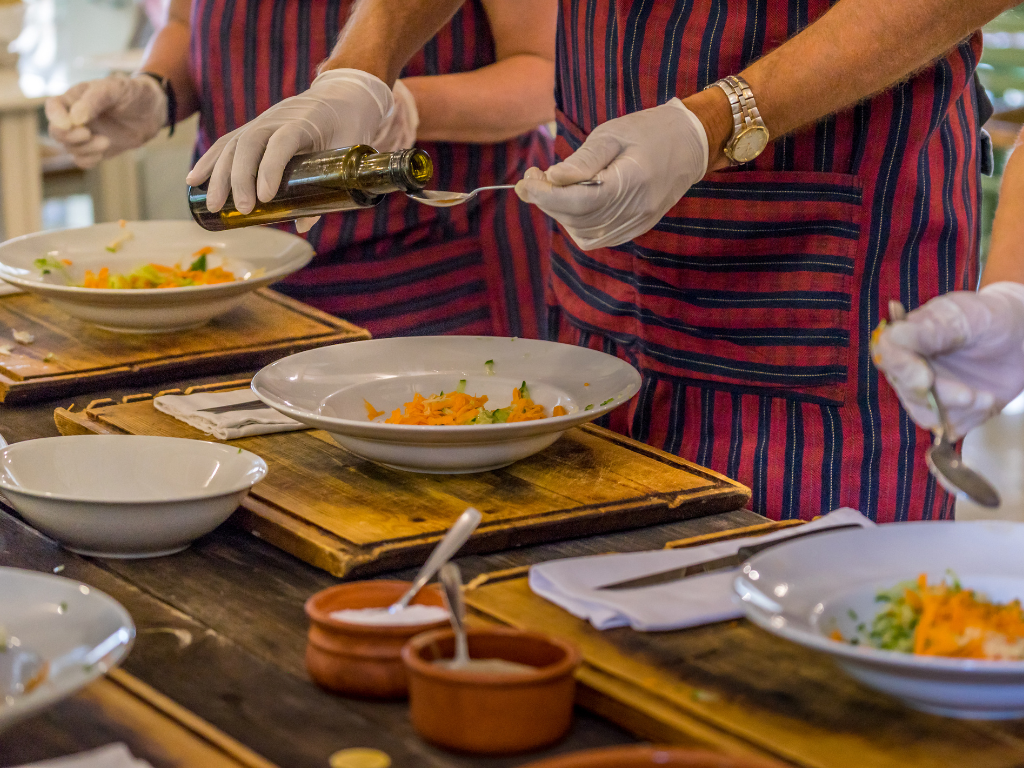
Incorporating flavors from various cuisines, like those from an Italian Butchery, can give a traditional recipe a new life.
-
Flavor Profiling
- Identify key spices and herbs that are characteristic of the cuisine you want to emulate, like using star anise and soy for an Asian twist or rosemary and garlic for Mediterranean flair.
-
Marination and Rubs
- Create marinades or dry rubs using these flavors and allow the meat to absorb them. A combination of acid, oil, and spices not only adds flavor but can also tenderize the meat.
-
Cooking Techniques
- Adapt cooking methods to match the cuisine. For example, use a tagine for Moroccan dishes or a tandoor for Indian-inspired recipes.
Pairing Side Dishes with Gourmet Meats
The right side dishes can enhance and complement the flavors of your gourmet meat, completing the dining experience.
- Complementary Flavors: Choose sides that will complement the primary flavors of the meat without overpowering them. For example, a rich and savory beef dish pairs well with a fresh, acidic salad to cut through the richness.
- Textures and Colors: Aim for a variety of textures and colors to create a visually appealing plate. Creamy mashed potatoes or a crisp vegetable gratin can add both a contrast in texture and a visual element to your dish.
- Seasonal Ingredients: Utilize seasonal produce to ensure the freshest taste and support local agriculture. This also adds an element of sustainability to your meal.
Wine and Gourmet Meat Pairing Basics

Wine pairing is an art that enhances the flavors of both the dish and the drink. Here’s how to select the right wine for your gourmet meat:
- Red Meats: Fuller-bodied red wines like Cabernet Sauvignon or Malbec are traditionally paired with red meats. The tannins in the wine help to cut through the fat, enhancing the meat’s flavor.
- White Meats and Fish: Lighter meats and fish dishes pair well with white wines like Chardonnay or Sauvignon Blanc, which offer a bright acidity to complement the lighter flavors of the meat.
- Game and Exotic Meats: These meats often have a more intense flavor profile and can be paired with a variety of wines. A robust Zinfandel or a peppery Syrah can stand up to the strong flavors of game meats.
Presentation Tips for Gourmet Meat Dishes

Presentation is key in gourmet dining. The visual appeal of the dish sets the expectation for the sensory experience to follow.
- Plating Techniques: Use a white or neutral-colored plate as a canvas for your dish. Position the meat as the focal point and arrange your side dishes to frame it attractively.
- Garnishes: Use garnishes sparingly to enhance the look without cluttering the plate. Fresh herbs, an edible flower, or a drizzle of sauce can add a touch of elegance.
- Sauce Application: Instead of pouring sauce over the meat, consider artistic applications like a swoosh or droplets. This allows the diner to experience the meat’s taste both with and without the sauce.
Preparing Gourmet Meats for Large Events
Cooking for a crowd requires planning and adjustment to ensure that each guest receives the same high-quality experience.
- Batch Preparation: Prepare elements of the dish in batches. For example, sear meats in large quantities before finishing them in the oven.
- Timed Cooking: Use a cooking schedule to ensure dishes are prepared in stages and finished at the right time. This is particularly important for meats, which need to rest before serving.
Innovative Gourmet Meat Dishes for the Adventurous Palate
Exploring unusual meats or incorporating unconventional flavors can offer a unique experience to your guests.
- Exotic Meats: Introduce meats like elk, ostrich, or wild boar for adventurous diners. These meats often require simple preparation to let the unique flavors shine.
- Global Fusion: Create dishes that blend flavors from different cuisines, such as a Korean BBQ style venison or a tandoori spiced lamb.
Conclusion: Crafting an Unforgettable Gourmet Meat Experience
The key to a successful gourmet meat dish lies in the quality of the meat, the precision of the cooking techniques, and the harmony of flavors on the plate. By carefully selecting, preparing, and presenting your meats, you can turn any occasion into an extraordinary culinary event that will impress and delight your guests.
Remember, gourmet cooking is not just about following recipes—it’s about creating memorable experiences that linger on the palate and in the mind long after the meal has ended.

